Customer Loyalty Program Statistics Shaping Retention in 2025
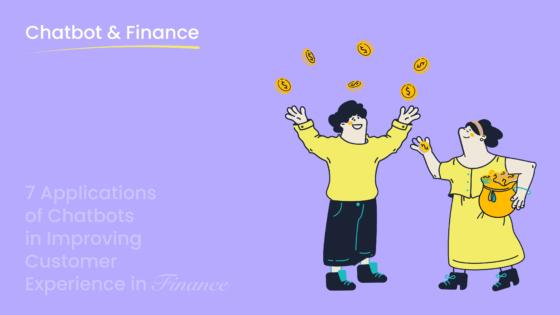
Customer loyalty programs and customer retention shape business success in 2025. Data shows a 5% increase in retention can boost profitability by up to 95%. Companies spend seven times more to acquire new customers than to retain existing ones.
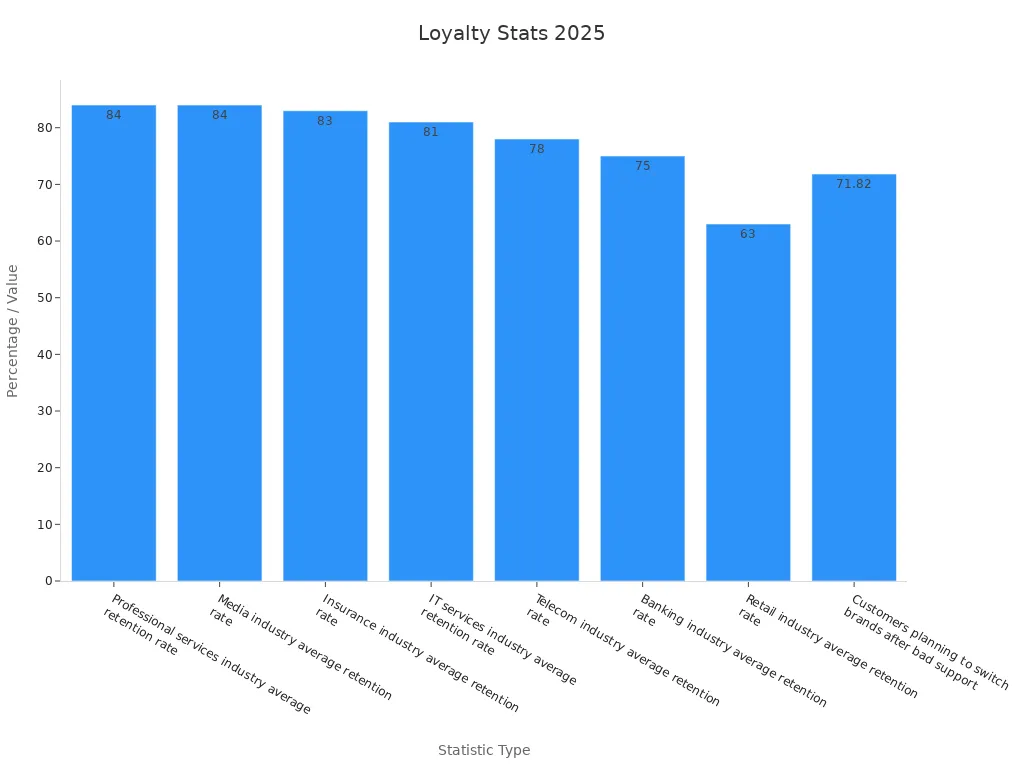
Brands now use AI-driven personalization, gamified experience, and exclusive rewards to meet rising customer expectations. Sobot’s advanced chatbot helps companies deliver seamless customer experience and maximize engagement through real-time, automated support.
Loyalty Programs and Customer Retention in 2025
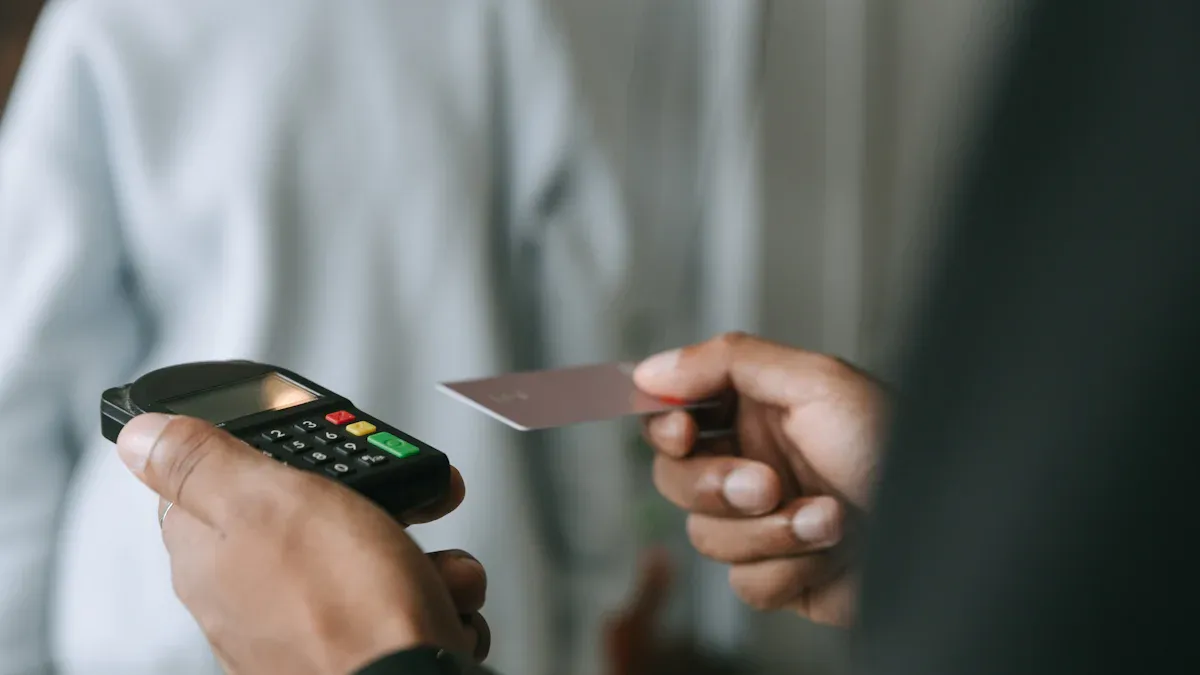
Key Global Statistics
The global customer loyalty report 2025 highlights a dramatic rise in loyalty programs and customer retention efforts across industries. Nearly 94.3% of people worldwide now belong to at least one loyalty program. The average consumer holds membership in 7.5 programs, showing widespread adoption. Retail and e-commerce sectors lead the way, with 70% consumer engagement in loyalty programs. Service industries see 82% of customers more likely to repurchase after value-driven interactions.
Note: Digital loyalty programs with gamification features increase engagement by 47%, loyalty by 22%, and brand awareness by 15%.
Source: Statista, 2024
Brands that personalize experiences see over 100% more customers adding items to baskets and 40% more spending than planned. Emotional loyalty is also significant, with 62% of customers feeling a strong connection to their favorite brands. The global customer loyalty report 2025 shows that 78% of consumers are more likely to repurchase from brands that personalize their experience. Mobile loyalty programs are especially influential, with 63% of US adults willing to share personal data for benefits.
Sobot serves a diverse customer base, including retail, finance, and technology leaders like OPPO, Samsung, and Luckin Coffee. These brands rely on Sobot’s AI-powered solutions to unify loyalty program engagement across channels and regions. Sobot’s omnichannel platform supports over 550,000 users daily, reflecting the scale and impact of loyalty programs and customer retention in today’s market.
Impact on Business Growth
Loyalty programs and customer retention drive measurable business growth. According to the global customer loyalty report 2025, 82% of business leaders agree that retaining customers is more cost-effective than acquiring new ones. Companies spend seven times more to attract new customers than to keep existing ones. Selling to current customers is 60-70% more likely to succeed, compared to just 5-20% for new prospects.
| Metric | Industry Average | Top Performers | Measurement Frequency |
|---|---|---|---|
| Active Participation Rate | 50% | 75% | Monthly |
| Redemption Velocity | 20% | 40% | Quarterly |
| Average Spend per Member | $100 | $150 | Annually |
| Customer Lifetime Value (CLV) | $500 | $1000 | Annually |
Loyalty program statistics reveal that members spend 12-18% more annually than non-members. Upselling and cross-selling through loyalty programs generate 11-30% of revenue for 42% of companies. The global customer loyalty report 2025 also notes that a 5% increase in retention can boost revenue by 25-29%. Paid loyalty programs are on the rise, with 53% of consumers paying for membership in 2023, up from 17% in 2021.
Sobot’s AI-driven chatbot and marketing solutions help brands optimize loyalty programs and customer retention. For example, OPPO achieved an 83% chatbot resolution rate and a 57% increase in repurchase rate after integrating Sobot’s platform. These results show how data-driven engagement and seamless customer support can transform loyalty program outcomes.
Tip: Brands that invest in loyalty programs and customer retention see faster revenue growth, higher customer lifetime value, and stronger brand advocacy. The global customer loyalty report 2025 confirms that loyalty leaders grow revenues 2.5 times faster than competitors.
Loyalty Program Trends Shaping 2025
AI and Automation
AI and automation now define the most influential loyalty program trends for 2025. Companies use advanced AI chatbots, like Sobot’s, to deliver instant, multilingual support and streamline reward redemption. These tools handle routine inquiries, freeing human agents to focus on complex issues. Airlines, for example, have reduced call center volume and improved satisfaction by deploying AI chatbots for loyalty programs. Machine learning algorithms personalize reward recommendations based on each member’s preferences and transaction history. This approach increases repeat bookings and boosts engagement.
AI-driven hyper-personalization uses large language models to create real-time, context-aware offers. Predictive analytics anticipate customer churn and trigger targeted retention offers, improving customer lifetime value. Voice-activated loyalty interactions are also growing. Customers now manage loyalty rewards and purchases through smart devices using simple voice commands. Research shows a strong positive correlation between AI interventions and customer loyalty, with a meta-analysis confirming significant improvements in engagement and retention. Sobot’s AI-powered solutions help brands automate reward customization, deliver proactive support, and protect loyalty programs with advanced fraud detection.
Note: AI-enhanced gamification and real-time sentiment analysis allow brands to create dynamic, personalized challenges and resolve issues before they impact loyalty.
Personalization and Micro-Targeting
Personalization and micro-targeting have become essential in loyalty programs. Retailers segment customers by behavior, geography, and demographics, then micro-target campaigns at every stage of the funnel. AI and machine learning analyze large datasets to identify subtle patterns, enabling hyper-targeted messages and personalized rewards. Companies like Sephora have connected online and in-store personalization, achieving a 15x increase in conversion rates.
| Funnel Stage | High-Value Action | Personalization Strategy |
|---|---|---|
| Awareness | New account creation | Ads promoting best-selling items |
| Consideration | Adding products to cart | Promote related products |
| Conversion | Repeat purchases | Showcase bundled offers |
| Loyalty | Leaving a review | Offer exclusive discounts for reviews |
AI-driven recommendation engines use browsing and purchase data to deliver relevant product suggestions across websites, emails, and chatbots. Omnichannel personalization ensures consistent messaging, improving the customer experience and increasing engagement. Companies using AI-driven personalization see up to 20% sales growth, with Amazon attributing 35% of revenue to these strategies. Personalized content also reduces churn by 28% and increases satisfaction scores by up to 30%. Sobot’s chatbot and marketing solutions enable brands to scale reward customization, automate personalized offers, and synchronize data across channels for seamless experiences.
Sustainability Initiatives
Sustainability now stands as a core pillar in loyalty program trends. Consumers expect brands to reward eco-friendly behaviors and demonstrate ethical practices. Programs that offer green points or discounts on sustainable products see higher engagement and positive brand perception. For example, IKEA’s loyalty program provides discounts on eco-friendly items, driving increased participation.

Recent studies show that 34% of shoppers switched brands due to sustainability concerns, and 80% of consumers feel more loyal to companies with ethical practices. Blockchain technology now supports transparency in sustainability-driven loyalty programs, allowing customers to verify the impact of their actions. Sobot’s solutions help brands integrate sustainability into loyalty rewards, track eco-friendly behaviors, and communicate these efforts to customers. As sustainability becomes more important, brands that align loyalty programs with social and environmental values will see stronger retention and advocacy.
Customer Loyalty Trends by Region and Industry
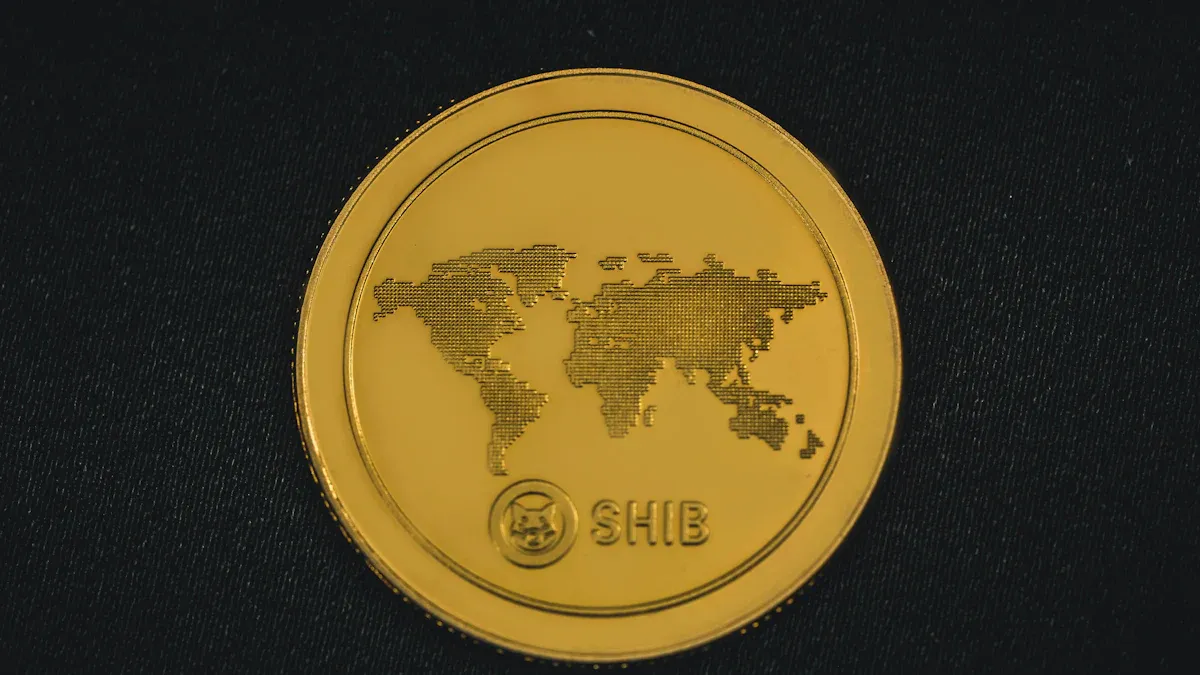
Regional Differences
Customer loyalty trends vary widely across regions. Mature markets like the UK and Germany show a preference for traditional loyalty cards and balanced digital adoption. In contrast, emerging markets such as China and the UAE lead in digital engagement and AI-based loyalty programs. The table below highlights key differences:
| Region | Loyalty Preference | AI Adoption/Interest | Notable Behaviors |
|---|---|---|---|
| UK | 37.7% prefer physical cards | 23.3% open to AI programs | Traditional methods valued |
| Norway | 73.5% prefer mobile apps | N/A | Strong mobile app preference |
| China | Highly digital, super app use | N/A | 95% satisfaction with loyalty programs |
| UAE | 81.8% prefer loyalty apps | 83.8% open to AI programs | Highest global AI interest |
| USA & Canada | 56.7% prefer mobile apps | 55.4% plan AI use (Canada) | High digital interaction, strong reward motivation |
North America stands out in loyalty statistics for north america, with consumers favoring local point redemption and aspirational rewards. In Asia-Pacific, travel-related rewards and unique experiences drive engagement. The Middle East values transparency and clear guidance, while South America prefers programs that help save on essentials. Sobot’s global reach allows brands to tailor loyalty programs to these diverse preferences, supporting both digital and traditional engagement.
Industry-Specific Insights
Customer loyalty programs succeed when they address sector-specific needs. In retail and ecommerce, over 80% of shoppers rank free shipping as the top purchase factor. Subscription models continue to grow, with 54% of online shoppers subscribing to at least one box service. Customer service quality remains critical—71% of consumers stop buying after a single bad experience, and 82% prefer chatbots over waiting on hold. Sobot’s AI-powered chatbot and omnichannel solutions help brands deliver fast, personalized support, building trust and long-term loyalty.
| Sector Aspect | Key Insights |
|---|---|
| Retail & Ecommerce | 56% prioritize better pricing; 90% complete purchases if returns are easy |
| Subscriptions | 70%+ businesses offer multiple subscription types |
| Customer Service | 96% want more conversational AI; 68% share data for personalized rewards |
Regional ecommerce markets also show distinct patterns. Asia-Pacific accounts for 62% of global ecommerce transactions, while North America’s revenue is projected to reach $1.8 trillion by 2029 (Statista). Sobot’s solutions enable brands to adapt to these trends, ensuring customer loyalty programs remain effective across industries and regions.
Sobot Solutions for Customer Loyalty
Chatbot for Engagement
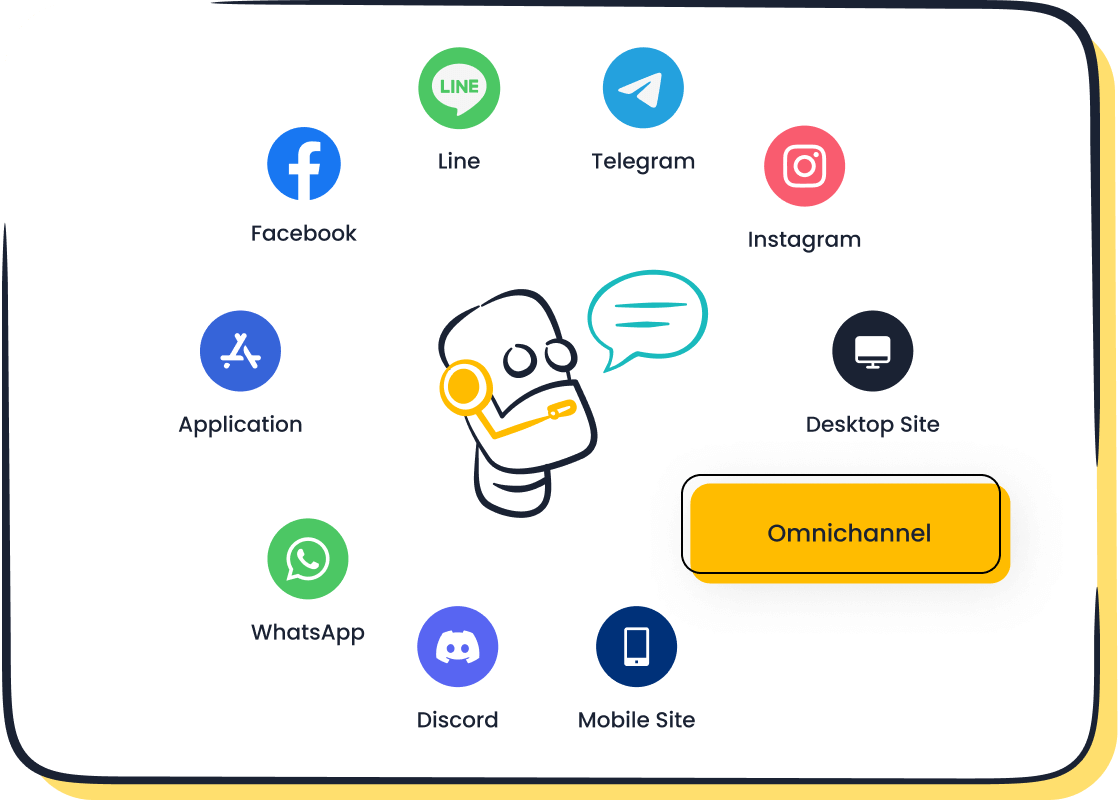
Sobot’s AI-powered chatbot transforms customer engagement by providing real-time, multilingual support across channels. Businesses benefit from 24/7 availability, which ensures customers always receive timely responses. Sobot’s advanced automation and scalability allow companies to handle large volumes of inquiries without sacrificing quality. This approach leads to higher customer satisfaction and trust.
- Sobot’s chatbot delivers personalized interactions, which are essential for building customer loyalty.
- Companies report significant improvements in response times and resolution rates after adopting Sobot’s AI solutions.
- Industry testimonials highlight increased productivity and enhanced customer experience.
| Metric | Description / Impact |
|---|---|
| Intent Accuracy | 69% of customers leave if misunderstood, so accurate intent recognition is vital. |
| First-Contact Resolution (FCR) | High FCR leads to 22% higher customer retention. |
| Escalation Rate | Keeping this under 30% prevents agent overload. |
| Upsell Rate | Shows the chatbot’s ability to drive additional revenue. |
Samsung’s use of Sobot’s solution resulted in a 30% increase in agent efficiency and a 97% CSAT, demonstrating the chatbot’s effectiveness in driving customer engagement and roi.
Marketing Solution for Retention
Sobot’s marketing solution empowers brands to boost retention and maximize roi through targeted, multichannel campaigns. The platform unifies customer data, enabling personalized offers and timely rewards that keep customers engaged.
- Customer retention rate and Net Promoter Score (NPS) serve as key indicators of success.
- Lower churn rates and shorter time between purchases reflect stronger customer loyalty.
- Higher engagement levels across channels signal effective campaign strategies.
Sobot’s analytics dashboard provides clear insights into roi, helping brands refine their approach and increase the frequency of repeat purchases. Companies using Sobot’s marketing solution see measurable improvements in customer engagement and satisfaction.
OPPO Case Study
OPPO, a global leader in smart devices, partnered with Sobot to enhance customer loyalty and engagement. By integrating Sobot’s chatbot and ticketing system, OPPO achieved an 83% chatbot resolution rate and a 94% positive feedback score. The company also saw a 57% increase in repurchase rate, highlighting the impact on retention and roi.
Product innovation and brand image played a major role, accounting for over 50% of purchasing decisions. OPPO’s strong market share in regions like India and Timor-Leste demonstrates the effectiveness of Sobot’s solutions in driving customer loyalty and business growth.
Actionable Steps for Loyalty Success in 2025
Metrics to Track
Brands seeking loyalty program success in 2025 must monitor the right metrics. Tracking these indicators helps companies understand what drives customer experience and retention. The following table highlights essential metrics and their importance:
| Metric | Description | Importance |
|---|---|---|
| Retention Rate | Percentage of customers who stay over time | Shows program effectiveness in building sustained loyalty |
| Customer Churn Rate | Percentage of customers lost during a period | Identifies issues causing lost relationships |
| Engagement Metrics | Frequency and type of program interactions | Reveals which strategies resonate with customers |
| Redemption Rate | Percentage of rewards redeemed | Reflects reward relevance and ease of use |
| Segmentation Analysis | Grouping by behavior or demographics | Enables targeted personalization and optimization |
| Referral Metrics | New customers from referrals and social sharing | Measures program’s word-of-mouth success |
| Customer Lifetime Value | Total expected revenue per customer | Guides investment in loyalty strategy |
Focusing on these metrics allows brands to measure progress and adjust strategies for greater success.
Implementation Tips
Companies can boost loyalty program success by following proven strategies:
- Set clear, measurable goals such as reducing churn or increasing purchase frequency.
- Analyze customer data to design relevant, targeted offerings.
- Use technology like Sobot’s AI chatbot and marketing solution to automate engagement and personalize rewards.
- Pilot new strategies on a small scale, then refine based on results.
- Track key performance indicators, including CLV and engagement rates, for ongoing improvement.
- Collaborate with partners to expand program value and reach.
- Balance cost-efficiency with high-quality rewards and unique experiences.
- Use predictive analytics to identify at-risk customers and offer proactive support.
Research shows that companies with strong omnichannel engagement, supported by tools like Sobot, see higher revenue growth and customer satisfaction (McKinsey).
Aligning with Customer Support
Aligning customer support with loyalty initiatives strengthens relationships and drives success. Extremely satisfied customers are five times more likely to make repeat purchases. Brands that address feedback quickly and integrate loyalty programs into daily customer experience see higher retention and advocacy. Sobot’s omnichannel solutions help companies deliver seamless support, building trust and long-term relationships. When brands act on feedback and personalize communication, they foster sustained loyalty and encourage customers to recommend their services.
Customer loyalty program statistics reveal a powerful impact on retention and business growth. Companies report that loyalty members drive 43% of annual sales, with 79% of American consumers buying more frequently due to these programs.
| Metric Description | Numerical Evidence |
|---|---|
| Contribution of loyalty program members to annual sales | 43% of companies’ annual sales |
| Spending comparison between loyalty members and others | 60% of companies report members spend 2-3x more |
| Consumer behavior influenced by loyalty programs | 79% of American consumers buy more frequently due to loyalty programs |
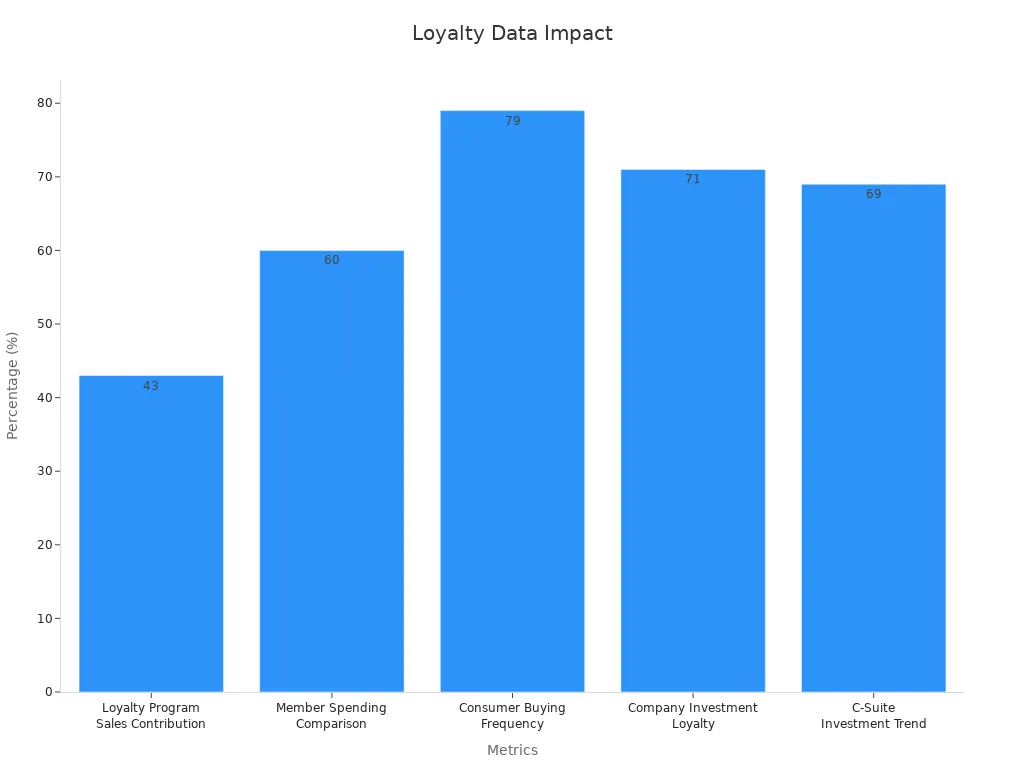
Sobot’s solutions help brands meet evolving customer expectations with omnichannel support, automation, and personalized service. Over 96% of users report positive feedback, and CSAT scores reach 97%. Companies should review their loyalty strategies, use data-driven insights, and consider Sobot’s expertise for future success. For more information, visit Sobot’s official website.
FAQ
What are the most important customer loyalty program statistics for 2025?
Customer loyalty program statistics show that 94.3% of people belong to at least one loyalty program. Members spend 12-18% more each year. Brands using AI chatbots like Sobot see a 57% increase in customer retention and a 97% customer satisfaction score.
How do loyalty programs impact customer retention?
Loyalty program statistics reveal that a 5% increase in customer retention can boost profits by up to 95%. Companies using Sobot’s chatbot solutions report higher engagement and repeat purchases, which drive long-term business growth.
Why should brands use AI chatbots in loyalty programs?
AI chatbots automate routine tasks and provide 24/7 support. Sobot’s chatbot increases productivity by 70% and reduces service costs by up to 50%. These improvements help brands deliver seamless loyalty program experiences and improve customer retention.
What metrics should brands track in loyalty programs?
Brands should monitor retention rate, redemption rate, engagement metrics, and customer lifetime value. Tracking these customer loyalty program statistics helps companies optimize loyalty program strategies and measure customer retention success.
How does Sobot support loyalty program success?
Sobot offers an AI-powered chatbot and marketing solution that unify customer data, automate engagement, and personalize rewards. Brands using Sobot report higher customer retention, better loyalty program performance, and improved customer loyalty program statistics.
See Also
Best Call Center Analytics Tools To Use In 2024
Leading Voice Of Customer Platforms To Try In 2024
Highest Rated Customer Service Software Solutions For 2024
